The Nightmare Men: “The Ghost-Seer”
 Aylmer Vance, agent of the enigmatic Ghost Circle, made his first appearance on the nightmare stage in 1914. The creation of husband-and-wife writing team Alice and Claude Askew, Vance appeared in eight consecutive issues of The Weekly Tale-Teller between July and August. The stories-“The Invader”, “The Stranger”, “Lady Green-Sleeves”, “The Fire Unquenchable”, “The Vampire”, “The Boy of Blackstock”, “The Indissoluble Bond” and “The Fear”-ranged from grotesque to gentle, and are, by and large, of a slower pace than those featuring Vance’s contemporaries, such as Carnacki. Only one of the stories has been regularly anthologized (“The Vampire”), with the rest languishing in obscurity until the release of recent collections by Ash-Tree Press and Wordsworth Editions respectively.
Aylmer Vance, agent of the enigmatic Ghost Circle, made his first appearance on the nightmare stage in 1914. The creation of husband-and-wife writing team Alice and Claude Askew, Vance appeared in eight consecutive issues of The Weekly Tale-Teller between July and August. The stories-“The Invader”, “The Stranger”, “Lady Green-Sleeves”, “The Fire Unquenchable”, “The Vampire”, “The Boy of Blackstock”, “The Indissoluble Bond” and “The Fear”-ranged from grotesque to gentle, and are, by and large, of a slower pace than those featuring Vance’s contemporaries, such as Carnacki. Only one of the stories has been regularly anthologized (“The Vampire”), with the rest languishing in obscurity until the release of recent collections by Ash-Tree Press and Wordsworth Editions respectively.
Like John Silence, Vance inhabits an England of soft spiritual influence, where elementals, ancient memories and ghostly manifestations cling to the unseen corners and visit just long enough to inject the mundane with a booster shot of the strange. Unlike Carnacki’s Outer Monstrosities and Malign Visitors, the apparitions that Vance faces are utterly human in their aspect, if not their motivation. Death is no barrier to the desires of the flesh or the dreams of the determined, and it is when these elements intrude on the hard-won peace of the Edwardian mind that the Ghost-Seer must intervene.
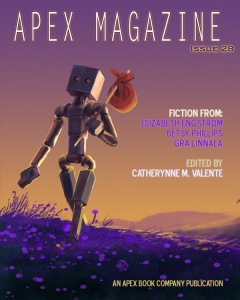
 The new
The new 
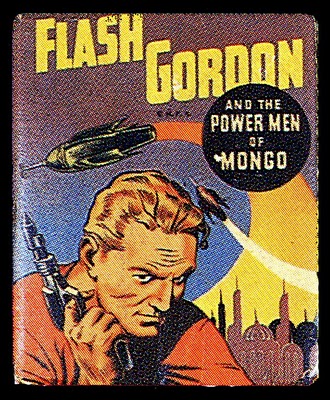
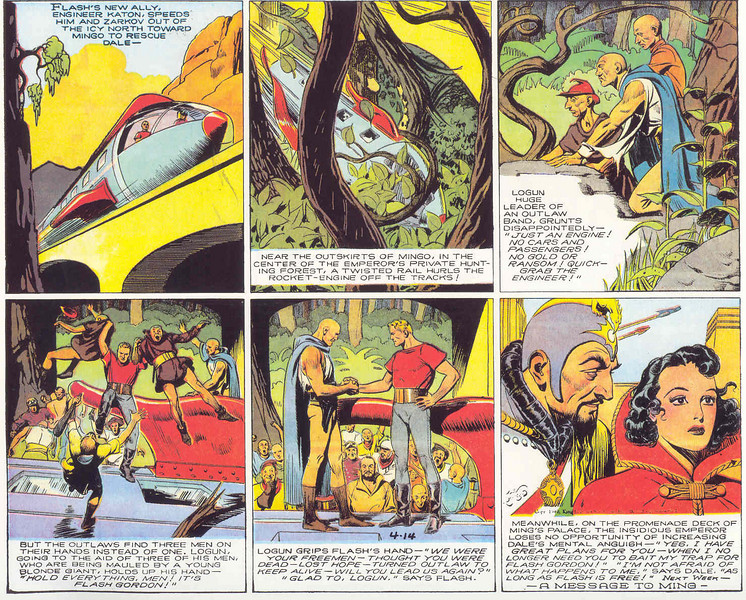
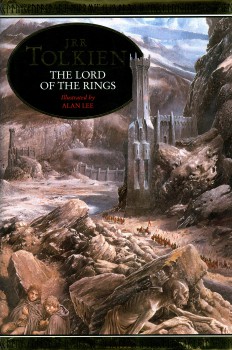 Part 2 of a 2-part series
Part 2 of a 2-part series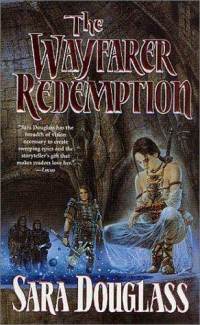

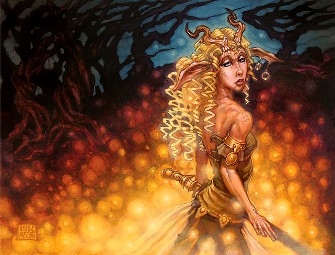

 And now, months later, our collaboration is taking shape. I’ve produced three designs, a pendant that I released at the same time that Kat, Incorrigible hit bookstores, a pair of earrings that debuted at the launch party for the second book, A Tangle of Magicks (this will be released as Renegade Magic in the US next year), and a charm bracelet that just went on the market about an hour before I sat down to write this post. One might ask, how big is the market for book tie-in jewelry like this? I have no idea. Ask me in a year or two. What I can talk about, though, is how we started this venture.
And now, months later, our collaboration is taking shape. I’ve produced three designs, a pendant that I released at the same time that Kat, Incorrigible hit bookstores, a pair of earrings that debuted at the launch party for the second book, A Tangle of Magicks (this will be released as Renegade Magic in the US next year), and a charm bracelet that just went on the market about an hour before I sat down to write this post. One might ask, how big is the market for book tie-in jewelry like this? I have no idea. Ask me in a year or two. What I can talk about, though, is how we started this venture.